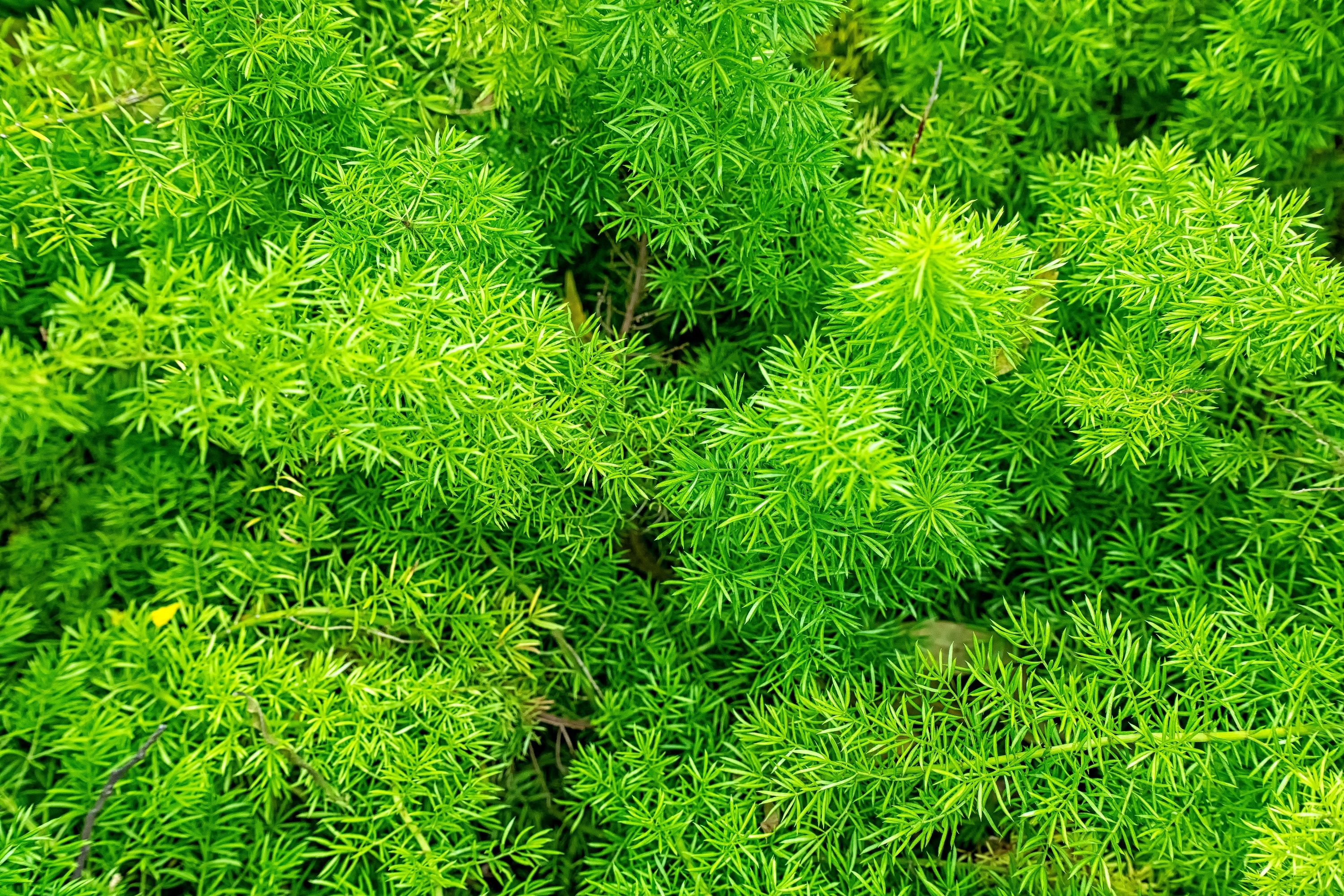Foxtail fern
(Asparagus densiflorus)

Description
Asparagus densiflorus, commonly known as the "asparagus fern," is a perennial plant belonging to the Asparagaceae family. Despite its name, this plant is not actually a fern but rather a member of the asparagus family. This species is native to South Africa, particularly in the Cape Province region. Asparagus densiflorus has become a popular ornamental plant due to its delicate, feathery foliage and its ability to grow well indoors. In this article, we will explore the taxonomy, morphology, cultivation, and other interesting facts about Asparagus densiflorus. Taxonomy: The scientific name of Asparagus densiflorus has gone through several changes over time. It was first described by the French botanist Jean-Baptiste Lamarck in 1786 as Asparagus plumosus, which was later corrected to Asparagus setaceus by the German botanist Carl Ludwig Willdenow in 1806. In 1915, the British botanist N.E. Brown created the genus Protasparagus and transferred Asparagus setaceus to this new genus as Protasparagus setaceus. However, in 1975, the American botanist Edward Frederick Anderson revised the genus Protasparagus and transferred Protasparagus setaceus back to the genus Asparagus, giving it the new name Asparagus setaceus (Kunth) Jessop. More recently, in 2012, Asparagus setaceus was once again renamed to Asparagus densiflorus (Kunth) Jessop. Morphology: Asparagus densiflorus is a clumping perennial plant that can grow up to 1-2 meters in height. Its foliage consists of thin, wiry stems that emerge from the center of the plant and are densely covered in tiny, needle-like leaves that resemble those of a fern. The leaves are usually bright green in color, but there are cultivars with variegated foliage in shades of green, white, and yellow. In the spring and summer, Asparagus densiflorus produces small, white or pink flowers that are followed by red berries. Cultivation: Asparagus densiflorus is a relatively easy plant to care for and is often grown as a houseplant. It prefers bright, indirect light and can be grown in a wide range of temperatures, from 10-30°C. The soil should be kept evenly moist, but not waterlogged, and the plant should be fertilized every two weeks during the growing season. Asparagus densiflorus can be propagated through division or stem cuttings. Uses: Asparagus densiflorus is primarily grown as an ornamental plant for its attractive foliage. It is often used in hanging baskets or as a trailing plant in pots or terrariums. In some parts of the world, the plant is also used for medicinal purposes. The roots are believed to have diuretic properties and are used in traditional medicine to treat urinary tract infections and kidney problems. The berries are also used in traditional medicine to treat various ailments, including hypertension and diabetes. Conclusion: Asparagus densiflorus is a fascinating plant that is both aesthetically pleasing and has medicinal properties. Its delicate, feathery foliage makes it a popular choice for indoor plant enthusiasts, and its relatively easy care requirements make it a great option for beginners. Asparagus densiflorus is a great addition to any plant collection, and its unique morphology and interesting history make it a plant worth learning more about.
Taxonomic tree:







